Discover 15 hidden attractions, cool sights, and unusual things to do in Mechelen (Belgium). Don't miss out on these must-see attractions: St. Rumbold's Cathedral, Planckendael, and Kazerne Dossin. Also, be sure to include Kazerne Dossin Memorial in your itinerary.
Below, you can find the list of the most amazing places you should visit in Mechelen (Vlaanderen).
Table of Contents
St. Rumbold's Cathedral
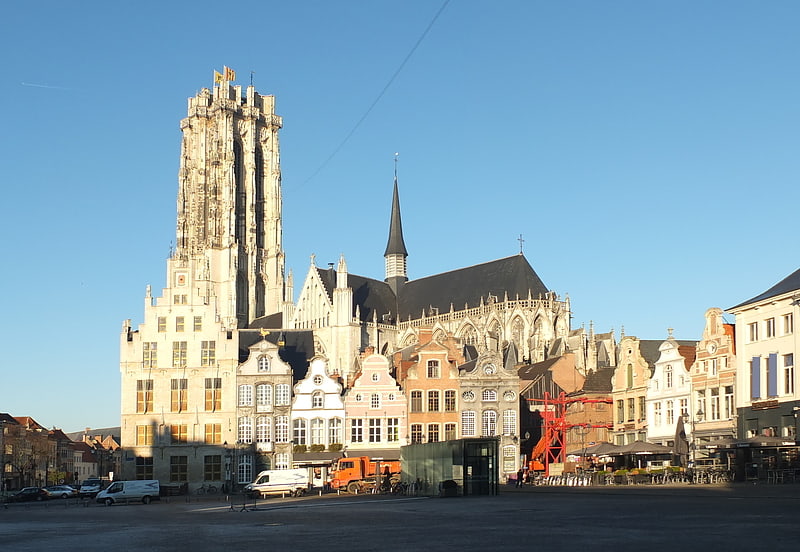
Also known as: Cathédrale Saint-Rombaut de Malines
Art-rich 13th-century religious edifice. St. Rumbold's Cathedral is the Belgian metropolitan archiepiscopal cathedral in Mechelen, dedicated to Saint Rumbold, Christian missionary and martyr who had founded an abbey nearby. His remains are rumoured to be buried inside the cathedral. State-of-the-art examination of the relics honoured as Saint Rumbold's and kept in a shrine in the retro-choir, showed a life span of about 40 years and a death date between 580 and 655, while tradition had claimed 775 AD.
In 1999, the tower of the cathedral was inscribed on the UNESCO World Heritage List as part of the Belfries of Belgium and France site, in recognition of its architecture and its importance in civic duties such as a watchtower.[1]
Address: Onder-den-Toren 12, 2800 Mechelen
Planckendael

Zoo in Mechelen, Belgium. Planckendael is a zoo, located on the grounds of Planckendael castle in the village district of Muizen, in Mechelen, Belgium. In 1956 the Royal Zoological Society of Antwerp bought the Planckendael estate in order to acquire a larger space for animals than what they owned: the city zoo in Antwerp. Planckendael hosts exotic animals like rhinos, bison and various antelope species.
Planckendael also has extensive leisure facilities: For children there is a large separate play area.[2]
Address: Leuvensesteenweg 582, 2812 Mechelen
Kazerne Dossin
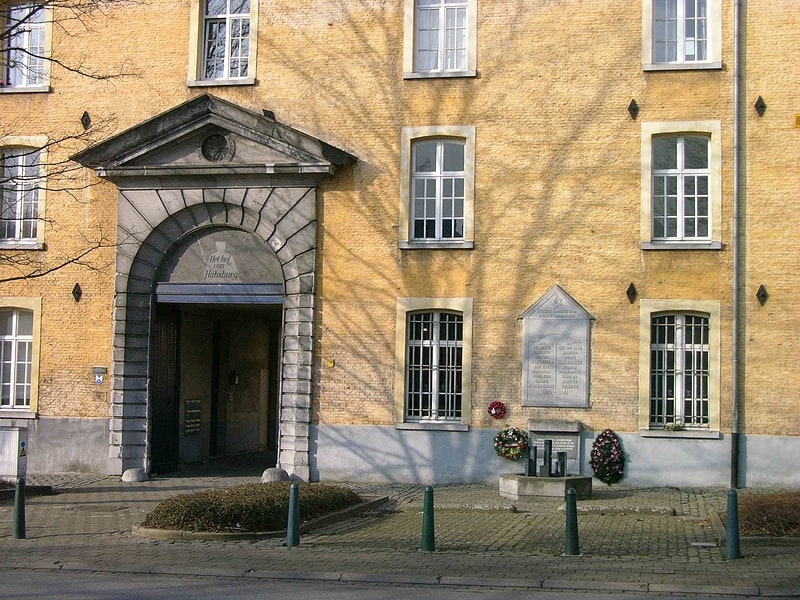
Also known as: Camp de rassemblement de Malines
Concentration camp. The Mechelen transit camp, officially SS-Sammellager Mecheln in German, also known as the Dossin barracks, was a detention and deportation camp established in a former army barracks at Mechelen in German-occupied Belgium. It served as a point to gather Belgian Jews and Romani ahead of their deportation to concentration and extermination camps in Eastern Europe during the Holocaust.
The camp was established in March 1942 and was the only transit camp in Belgium. It was managed by the Sicherheitspolizei (SiPo-SD), a branch of the Reich Security Main Office, and was used to hold Jews and Romani ahead of their deportation to Auschwitz-Birkenau as well as other camps including Heydebreck-Cosel. Between 4 August 1942 and 31 July 1944, 28 trains left from near the camp and deported over 25,800 people. Only 1,240 survived the war.
The camp was abandoned at the Liberation of Belgium in September 1944 and subsequently was repurposed for housing. A museum was established in 1996 and today part of the former barracks and a new building opposite form part of the Kazerne Dossin – Memorial, Museum and Documentation Centre on Holocaust and Human Rights, which includes a Holocaust memorial and museum.[3]
Address: Goswin de Stassartstraat 153, 2800 Mechelen
Kazerne Dossin Memorial
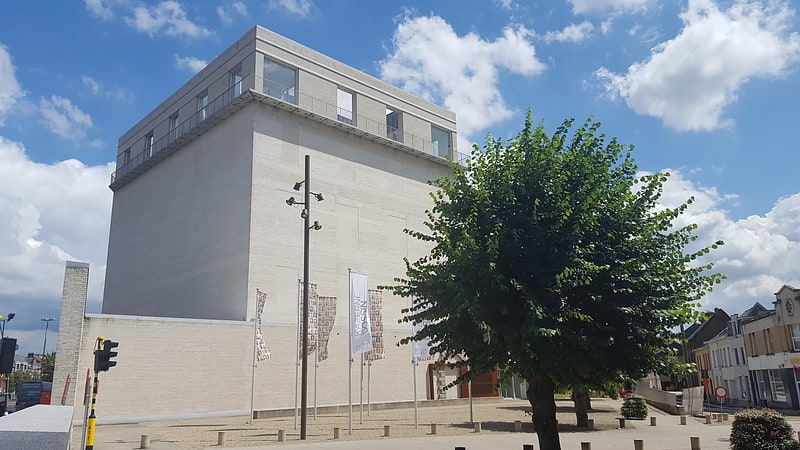
Museum in Mechelen, Belgium. The Kazerne Dossin Holocaust memorial is the only part of the Kazerne Dossin: Memorial, Museum and Documentation Centre on Holocaust and Human Rights established within the former Mechelen transit camp of World War II, from which, in German-occupied Belgium, arrested Jews and Romani were sent to concentration camps. The aforementioned museum and documentation centre are housed in a new purpose-built complex across the public square.[4]
Address: Goswin de stassartstraat 137, 2800 Mechelen
Technopolis
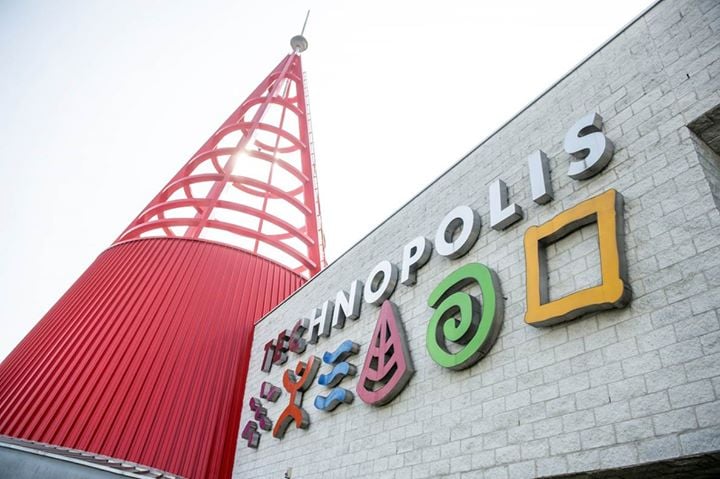
Science museum in Mechelen, Belgium. Technopolis is a Flemish technology education centre located near Mechelen.[5]
Address: Technologielaan 1, 2800 Mechelen
Basilica of Our Lady of Hanswijk
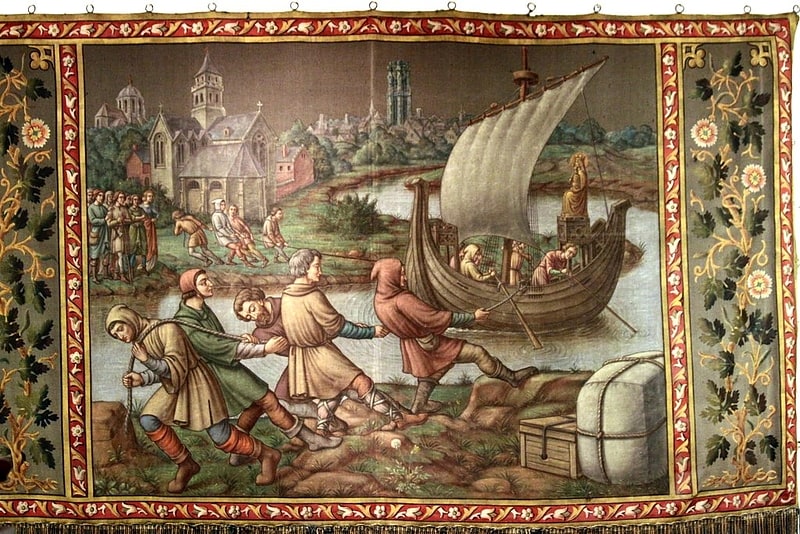
Also known as: Basilique Notre-Dame de Hanswijk
Catholic church in Mechelen, Belgium. The Basilica of Our Lady of Hanswijk is a Roman Catholic basilica in Mechelen, Belgium. The basilica is a famous place of pilgrimage in Belgium, the statue was crowned on 30 July 1876 by Cardinal Deschamps by request of pope Pius IX.[6]
Address: Hanswijkstraat 71, 2800 Mechelen
Brusselpoort

Local history museum in Mechelen, Belgium. The Brusselpoort is the sole remaining city gate of the original twelve gates of the city of Mechelen, Belgium.
This imposing structure dates from the 13th century. Because of its exceptional height, towering above the other gates, it was also called the 'Overste poort' (superior gate).
In the 16th century, the towers were lowered and the roof construction was altered to the present configuration.
In the course of the centuries, the building had many different uses: from police station to youth center, from duty collector's office to artist's workshop (Alfred Ost).[7]
Church of Our Lady of Leliendaal
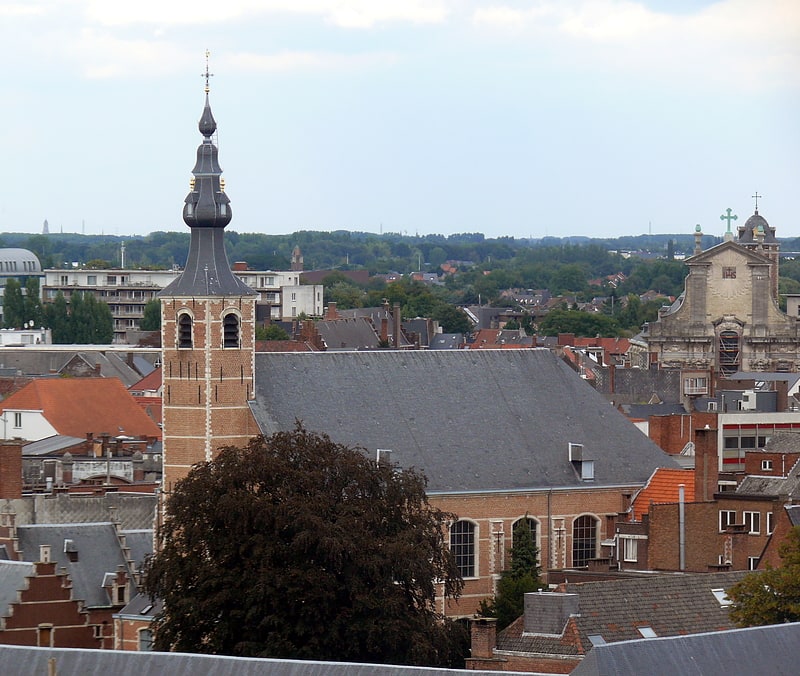
Our Lady of Leliendaal Church is a Roman Catholic church in Mechelen, served by the Society of Jesus. It was designed by Lucas Faydherbe and is protected structure; described by the city council of Mechelen as one of its 8 historic churches.[8]
Address: 56 Bruul, Mechelen
De Nekker
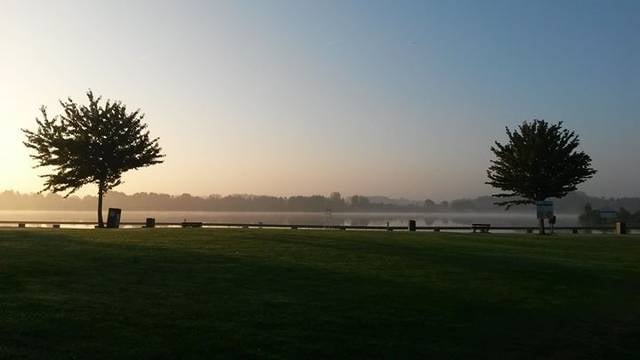
Water park, Amusement park, Recreation center
Address: Nekkerspoel-Borcht 19, 2800 Mechelen
Grote Markt

Rynek in Mechelen - a market square in the center of the Belgian city of Mechelen. At the market there are, among others Cathedral of St. Rumolda and the City Hall, whose towers were inscribed on the UNESCO World Heritage List.
Sint-Janskerk
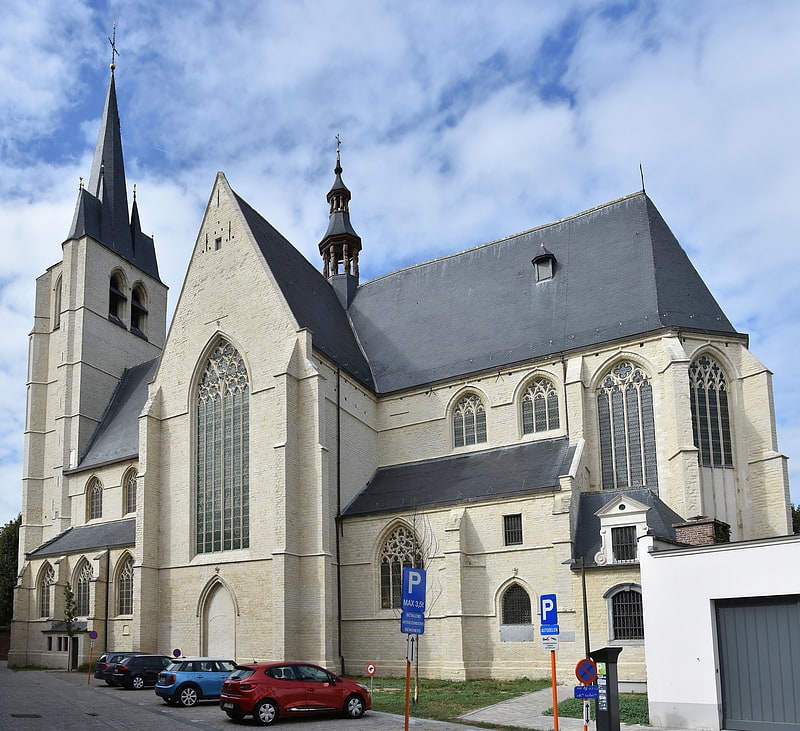
Church, Architecture, Sacred and religious sites, Historical place
Horlogeriemuseum

Museum, Specialty museum
Address: Lange Schipstraat 13, 2800 Mechelen
Hof van Savoye

Building. The Hof van Savoye or Palace of Margaret of Austria is an early 16th-century building in Mechelen, Belgium. It was one of the first Renaissance buildings in northern Europe.
Archduchess Margaret of Austria, Governor of the Netherlands, was granted a house located in the Korte Maagdenstraat (Virgins Short Street), but she found it too small and started an ambitious expansion campaign in 1507. From 1517 to 1530 the architect Rombout II Keldermans furthered the project, along the Keizerstraat (Emperor Street) modifying what became the rear wing, which faces the Palace of Margaret of York, her step grandmother who had died in 1503. Margaret raised her nephew Charles, the later Holy Roman Emperor, in her palace at which she lived until her death in 1530.
Historian Eric Ives describes the inner courtyard and southern wing of the palace, still much like Anne Boleyn must have seen it during the stage in her upbringing at Margaret's court. It stood model for the Palace of Whitehall as rebuilt for Anne in the 1530s.
In 1546 the explosion of the city gate that held the gunpowder stock, the Zandpoort (Sand Gate), brought repairable damage to the palace. It was owned by the city until 1561. That year, it received a new calling as the residence of Granvelle, the first Archbishop of Mechelen, and right-hand man of Philip II.
In 1609 the building was bought back by the city and served as the headquarters of the Great Council of the Netherlands from 1616 until 1795.
The Hof van Savoye became known as the Gerechtshof (Court of Justice), because it houses the lower courts (Criminal and Civil Court, Justice of the Peace, and Police Court).[9]
Address: Keizerstraat 20, 2800 Mechelen
Schepenhuis

Tourist attraction in Mechelen, Belgium. The Schepenhuis of Mechelen is a building where the city's aldermen held their meetings in the Middle Ages. It is located on the edge of the Grote Markt, between the latter and the IJzerenleen and is considered the first stone 'town hall' of Flanders.
In the 13th century, Mechelen experienced an economic revival due to the flourishing cloth trade. As a result, the need for buildings grew. In 1288 it was decided to erect a stone building for the aldermen's bench, which until then met in the open air. The building was expanded between 1374 and 1375. The decoration was done by André Beauneveu and Jan van Mansdale, among others.
The interior includes a remarkable archive room on the ground floor. Previously called Vierschaere, it has a remarkable oak ceiling. In the interior there are 12 sculpted balkzolen created between 1375 and 1378 by Herman Van Blankene and Jan van Lokeren. The original furnishings have been preserved only in the 1374 wing. There are cross bracings supported by corbels of carved stone made by Jan I Keldermans (Mansdale) between 1377 and 1385. The original fireplace and a stone landing staircase were removed in 1772. On the above floor there is a library that was formerly the meeting room of the aldermen. The chimney is by Andries Keldermans, with a mantelpiece made by Frans Sanders in 1526. On the north wall there is a 16th-century fresco depicting the Crucifixion. The stairway tower dates from 1407.
During the reign of Charles the Bold, the Parliament of Mechelen was installed in the Schepenhuis in 1473. This parliament was the highest court of law in the Netherlands. In 1477 it was abolished by Mary of Burgundy. Philip the Handsome decided to re-establish the parliament, under the name Grote Raad van Mechelen. In 1616 the council moved to the former palace of Margaret of Austria, also in Mechelen.
The building was later given various functions. For example, from 1811 to 1846 the city academy was housed here. From 1852 the building served as a municipal museum. On 1 November 1897 it was turned into a city archive and city library. The building was heavily damaged during the First World War. Several restoration campaigns followed, in 1916-1917, 1932 and 1934-1938. From 2000, the Schepenhuis served again as a museum. In 2011, an exhibition of works by Rik Wouters from the collection of the Royal Museum of Fine Arts opened, as the Antwerp museum was undergoing works of renovation. Until the end of these works in 2017, the Wouters collection remained in the Schepenhuis.
Since 9 September 2018, the Schepenhuis is the new location of the tourist information office "Visit and UiT in Mechelen".[10]
Address: Steenweg 1, 2800 Mechelen
Brusselsepoort
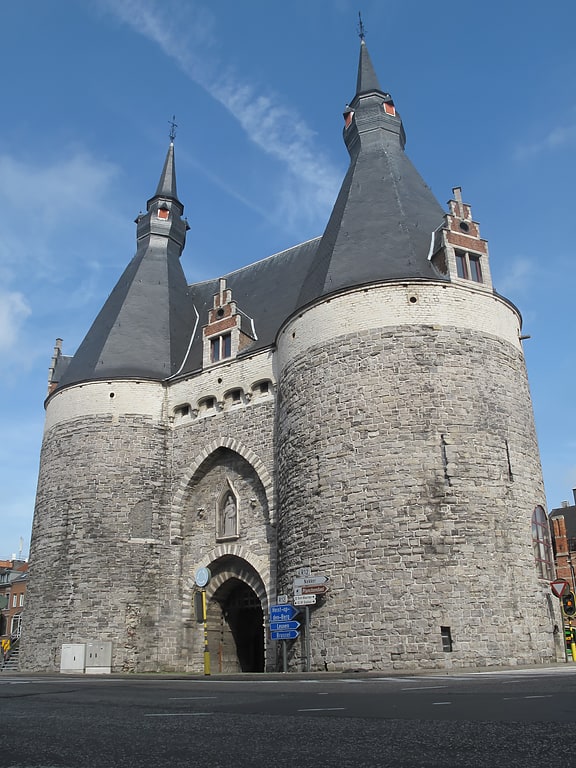
City gate, Historical place
Address: Kon. Astridlaan, 2800 Mechelen